How to integrate Google Analytics data into Intercom
Learn how to capture Google Analytics data with each new chat in Intercom, so you can track where your leads are coming from.
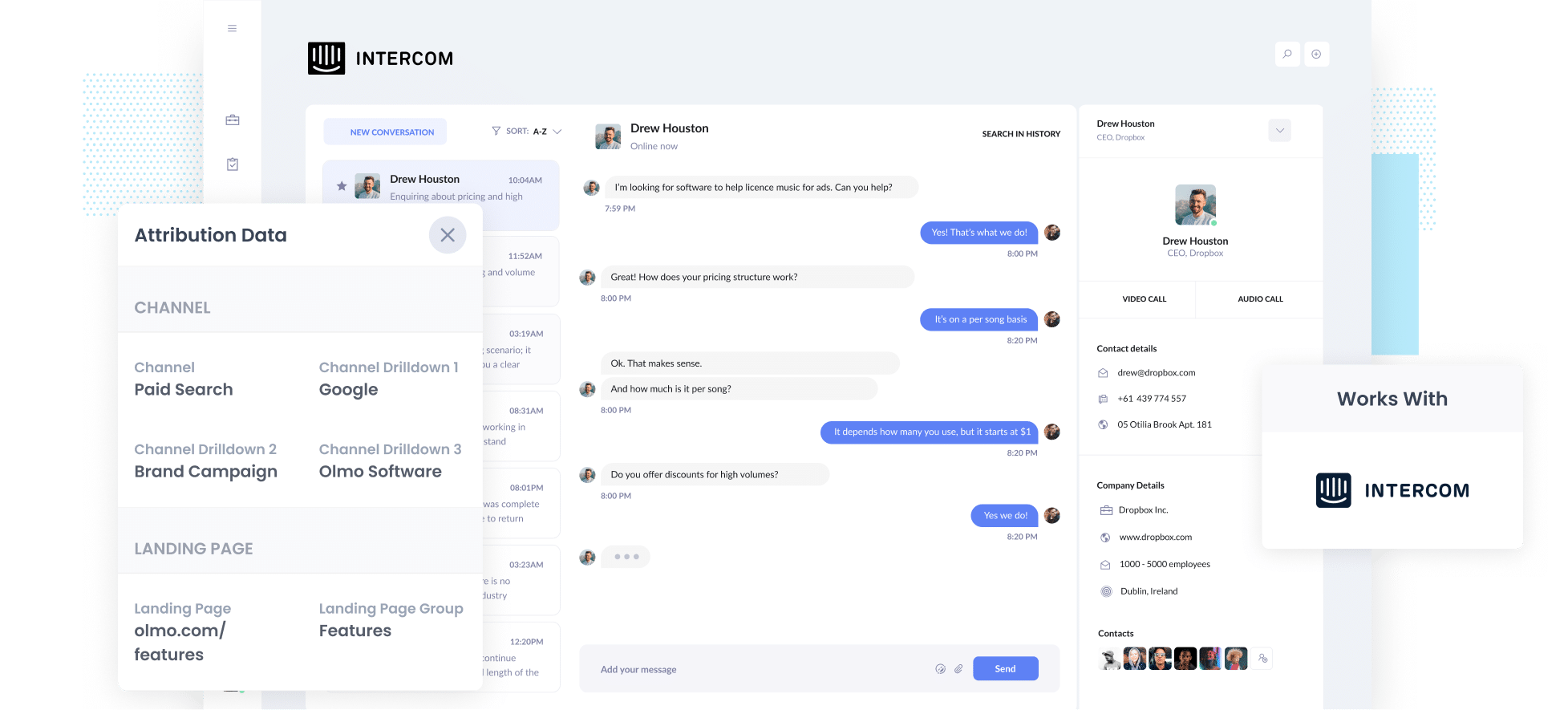
Are you struggling to track how many leads and customers you’re getting through your website chat and, more importantly, where those leads are coming from?
If so, you're not alone. Not knowing where your leads are coming from is a huge roadblock for any business. It leaves you guessing and making decisions with incomplete data, and that can be frustrating.
But here’s the good news: there’s a solution.
In this article, we’ll walk you through how to use a tool called Attributer to capture Google Analytics data with every new chat in Intercom. We’ll also show you a series of example reports you can run that tell you where your leads are coming from, which campaigns are driving the most customers, and more.
4 steps for capturing Google Analytics data in Intercom
When you use Attributer, capturing Google Analytics data in Intercom is easy. All you’ll need to do is follow these four steps:
1. Add the Attributer code to your website
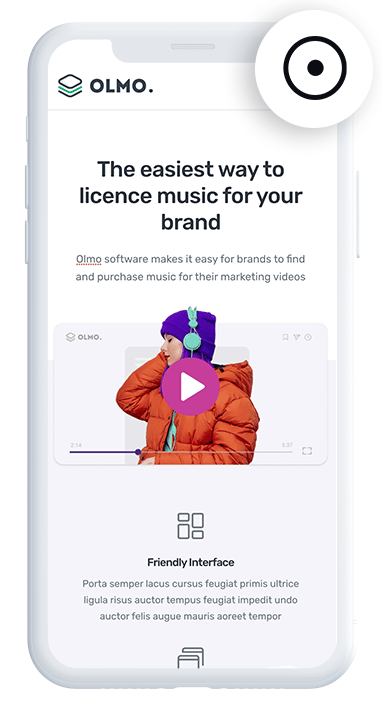
To get started, create a free 14-day trial account with Attributer. Once you're signed up, you'll receive a small snippet of code that needs to be added to your website.
How you add this code will vary depending on the platform your website is built on. In most cases, you can simply add it through your site's dashboard or settings. Alternatively, you can use a tag management tool like Google Tag Manager if that’s your preference.
We’ve created easy-to-follow guides for all the major website builders, which you can find right here.
2. Attributer automatically passes through Google Analytics data with each new chat
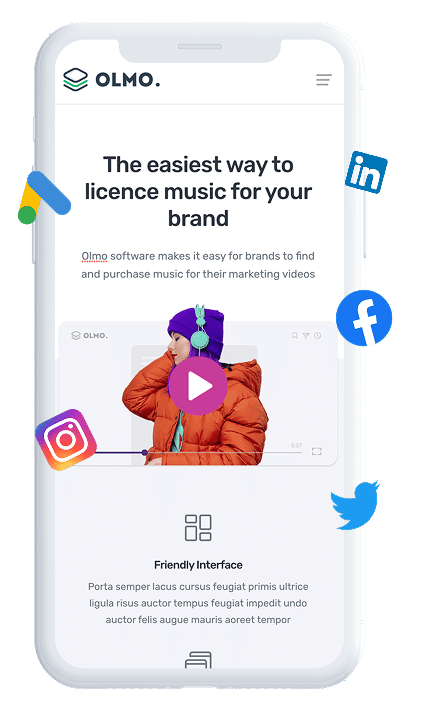
When someone starts a chat on your website, Attributer automatically passes through information about how they first found your website.
Let’s say you’re part of the marketing team at a law firm. A potential client clicks on your Google Ad, visits your website, and starts a chat. Attributer would pass through the following details (based on the UTM parameters you’ve attached to your Google Ads):
- Channel: Paid Search
- Channel Drilldown 1: Google
- Channel Drilldown 2: Family Law Campaign
- Channel Drilldown 3: Divorce lawyer Sydney (or whatever keyword they searched)
Attributer would also capture the visitor’s first landing page (for example, www.sydneylawfirm.com/services/family-law), along with the broader landing page group (e.g., /services).
This gives you a clear picture of how the client discovered your firm and which specific service area caught their attention.
3. Google Analytics data is captured in Intercom and can be sent to other tools
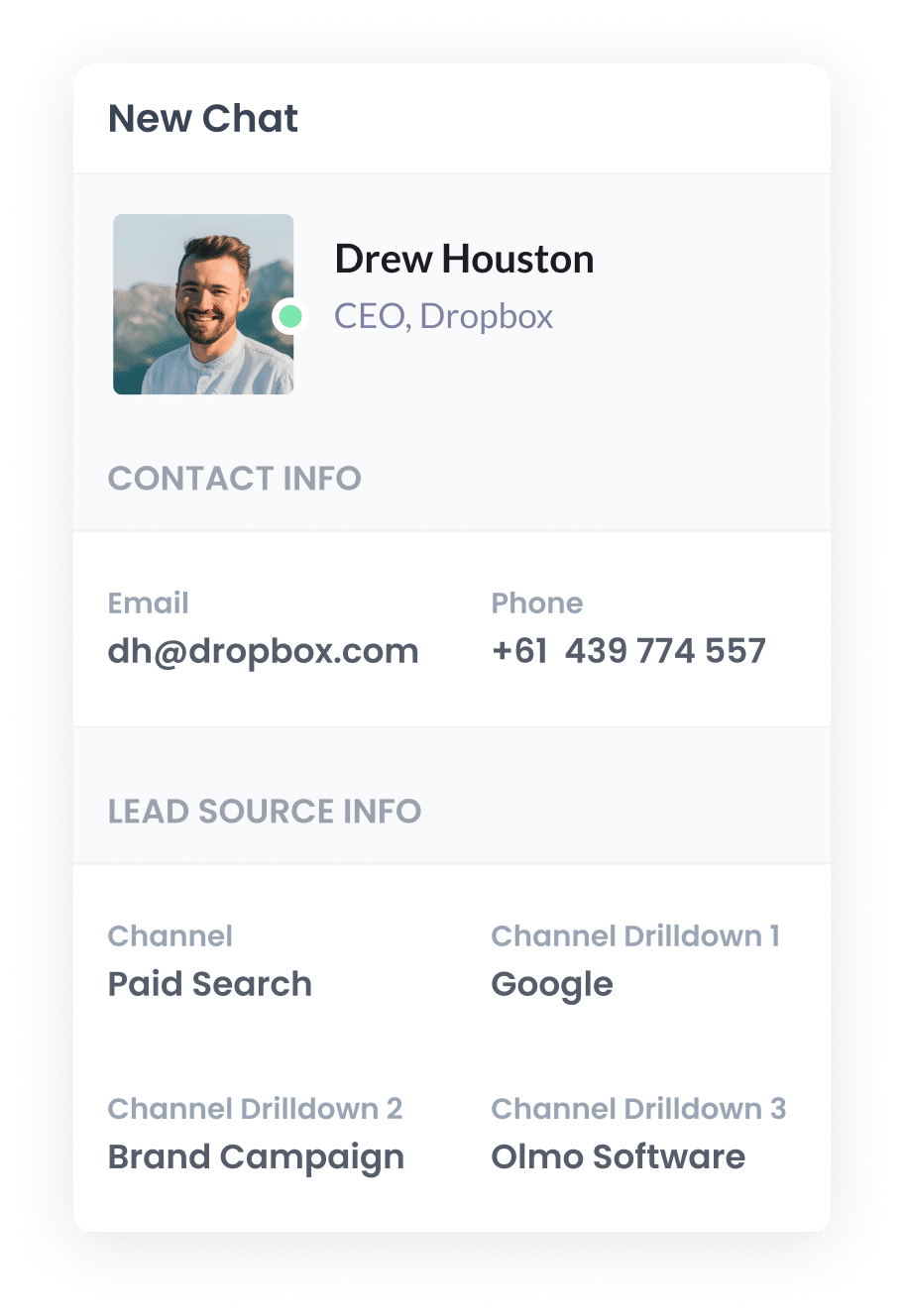
Once Attributer passes the data through, you can view it right alongside the chat in your Intercom account.
You can also take advantage of Intercom’s native integrations with platforms like Salesforce, HubSpot, and Pipedrive to automatically create new leads or contacts in those tools, complete with the Google Analytics data.
Alternatively, you can use automation tools like Zapier to create new contacts in other CRM systems, send the lead data to a spreadsheet, and much more.
4. Run reports to see where your leads are coming from
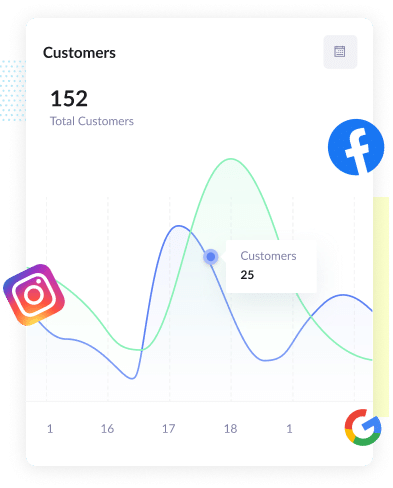
Once the Google Analytics data is flowing into your CRM or spreadsheet, you can leverage the built-in reporting features to create dashboards and charts that clearly show where your leads are coming from.
For example, you could create reports that highlight:
- The number of chat leads generated through your Google Ads.
- Which Meta Ads campaigns have driven the most chat leads.
- How many new leads have resulted from your SEO efforts.
What is Attributer and what data gets passed through?
Attributer is a small snippet of code that you add to your website.
When a visitor lands on your site, Attributer analyzss where they came from and categorises them into a set of Channels (similar to the ones you see in Google Analytics, such as Paid Search, Organic Search, Paid Social, Organic Social, and more).
Once they start a chat, Attributer automatically sends the data to Intercom.
It passes along two key pieces of information about how the lead found your website:
1. Channel
Attributer will show you which Channel brought the lead to your site (such as Paid Search, Paid Social, or Organic Search), along with more detailed information in the Channel Drilldown fields.
For instance, if someone arrives on your site after clicking one of your Google Ads, Attributer won’t just tell you that the lead came from Paid Search. It can also provide specific details like the campaign they came from, the ad they clicked, the keyword they searched for, and more.
2. Landing Page
Attributer also tracks the first landing page a user visits, along with the broader category that page belongs to.
For example, if a lead first lands on 'www.sydneylawfirm.com/services/family-law, it will capture that URL and also the landing page group (in this case, /services).
This allows you to easily identify which types of content (such as blog posts, services pages, etc.) are driving the most leads. You can also drill down to see exactly how many leads came from each individual content piece.
3 example reports you can run when you capture Google Analytics data in Intercom
Before launching Attributer, I spent over 15 years leading marketing teams at various companies and spent countless hours running reports to figure out which marketing efforts were truly driving results.
Below, I’ve compiled three types of reports that were especially valuable. Once you start capturing Google Analytics data in Intercom and feeding it into your CRM or reporting platform, you'll be able to create these reports too.
1. Leads by Channel
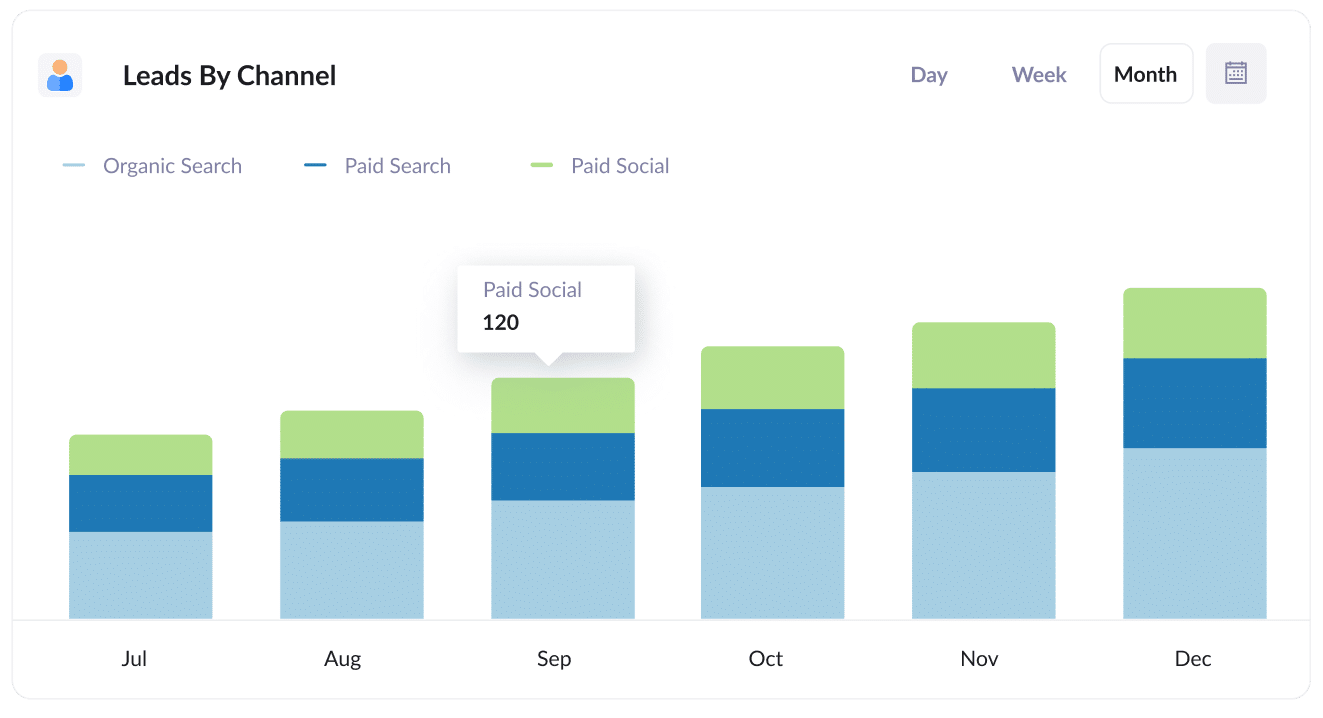
The Leads by Channel report gives you a simple month-to-month view of how many leads you’re generating and which marketing channels are bringing them in.
It makes it easy to see what’s performing well and where you might want to rethink your approach.
For instance, if you notice that most of your leads are coming through organic search but your budget is heavily invested in paid ads, that’s a clear signal you could shift some spend and pick up even more leads at a lower cost.
2. Customers by Facebook Ads Network
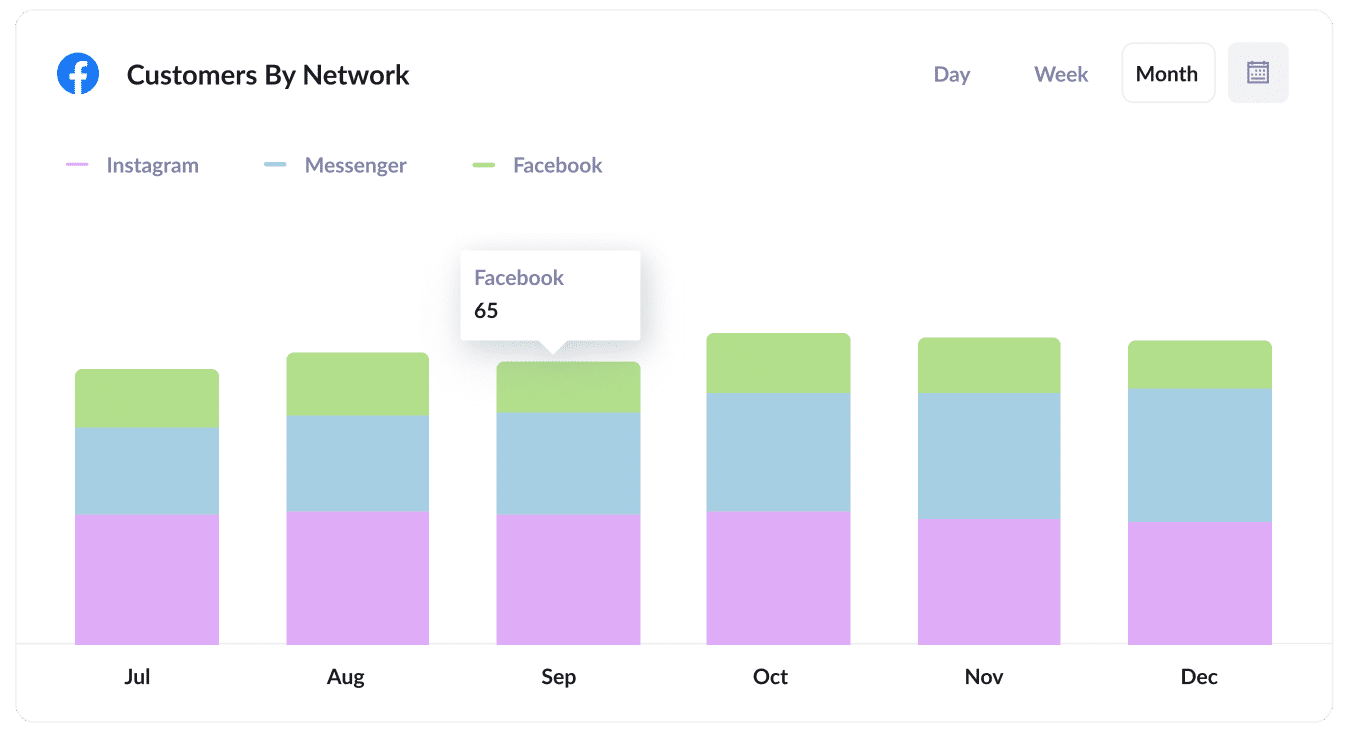
When you run ads on Meta, your campaigns can appear across multiple platforms they own, such as Facebook, Instagram, Messenger and WhatsApp.
Because of this, it is important to review the performance of each platform separately so you can make smarter decisions about where to put more of your budget.
A report like this gives you that visibility. It highlights how many new customers you are gaining from each platform each month.
With these insights, you can allocate spend more effectively, test new creative ideas and fine tune your campaigns for better results.
3. Revenue from Organic Search by search engine
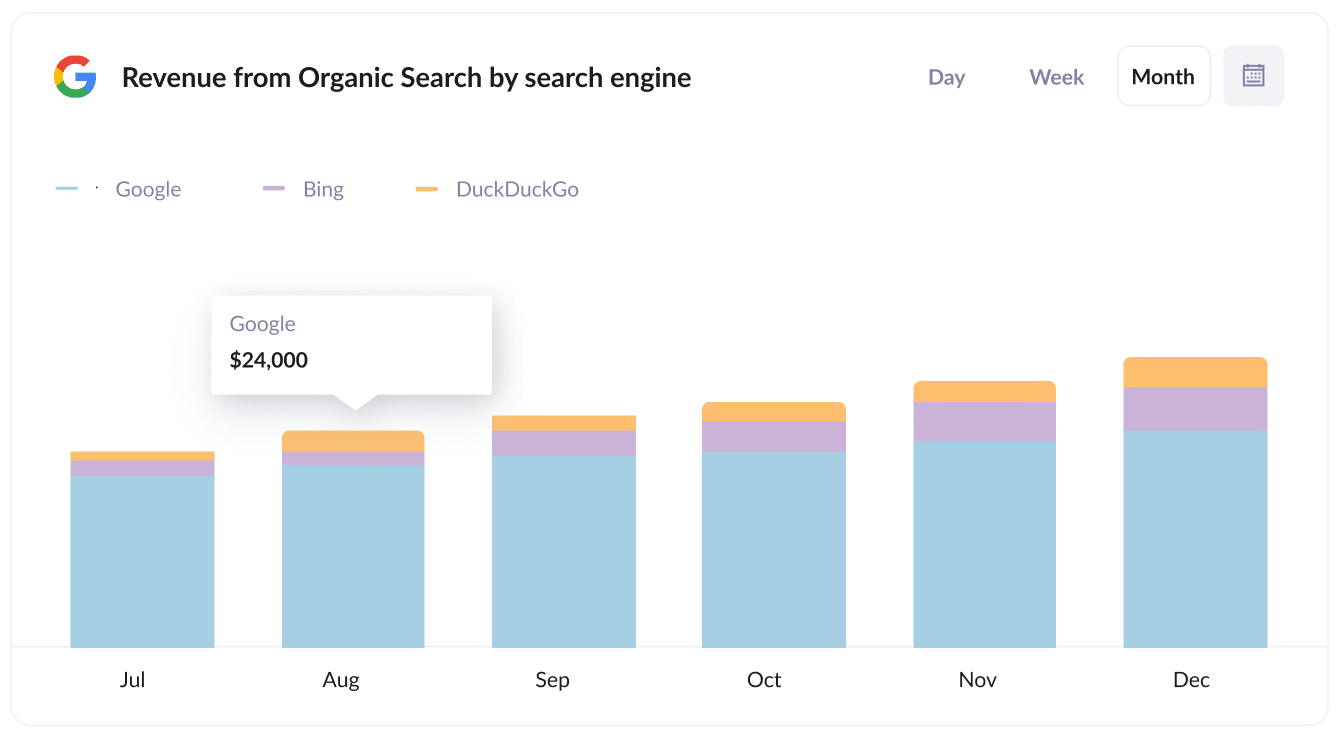
This report highlights the revenue generated from customers who started a chat after discovering your site through Organic Search. It also breaks the data down by search engine, such as Google, Bing, and DuckDuckGo.
With this view, you’ll gain a clearer understanding of how your SEO efforts are performing, which search engines are providing the most value, and how your results are trending over time.
How Attributer helped Qwilr track the source of all their leads and customers
Qwilr is an Australian software company that enables businesses to create sales proposals as beautiful, interactive webpages, rather than relying on static PDF documents.
They use a variety of methods to generate leads, including offering free trials, scheduling demos with the sales team, engaging with prospects via website chat, hosting webinars and more.
Before integrating Attributer, Qwilr had built its own system to track where free trial signups were coming from. However, they lacked visibility into the sources of other types of leads, such as demo bookings, webinar registrations, or live chat interactions.
That’s when Attributer came in.
Because Attributer works across a variety of tools, Qwilr was able to capture attribution data with every new lead, regardless of how they converted (whether by booking a demo, starting a chat, or other actions).
With data flowing into their CRM with every new lead, they were able to uncover some interesting insights.
For example, they were running multiple types of Google Ads campaigns (including search, display, and performance max). They found that while display and performance max campaigns drove a lot of website traffic, those visitors rarely converted into leads or customers. In contrast, search ads were generating high-quality leads who eventually became paying customers.
Armed with this information, Qwilr shifted their ad budget towards search campaigns, resulting in a higher volume of customers at a lower acquisition cost.
“Attributer gives us clean, structured marketing attribution data across all our various lead sources. It’s helped us know what paid campaigns are working, how certain types of content perform, how our SEO efforts are tracking, and more”

Mark Tanner - Co-Founder & Chief Revenue Officer
Wrap up
Attributer simplifies the process of capturing Google Analytics data with each new Intercom chat.
You can then send this data into your CRM and other tools and use it to build reports that show you which of your marketing efforts are driving the most leads, customers and revenue.
The best part? Getting started is completely free, and the setup takes under 10 minutes. Start a 14-day free trial today!
Get Started For Free
Start your 14-day free trial of Attributer today!

About the Author
Aaron Beashel is the founder of Attributer and has over 15 years of experience in marketing & analytics. He is a recognized expert in the subject and has written articles for leading websites such as Hubspot, Zapier, Search Engine Journal, Buffer, Unbounce & more. Learn more about Aaron here.
